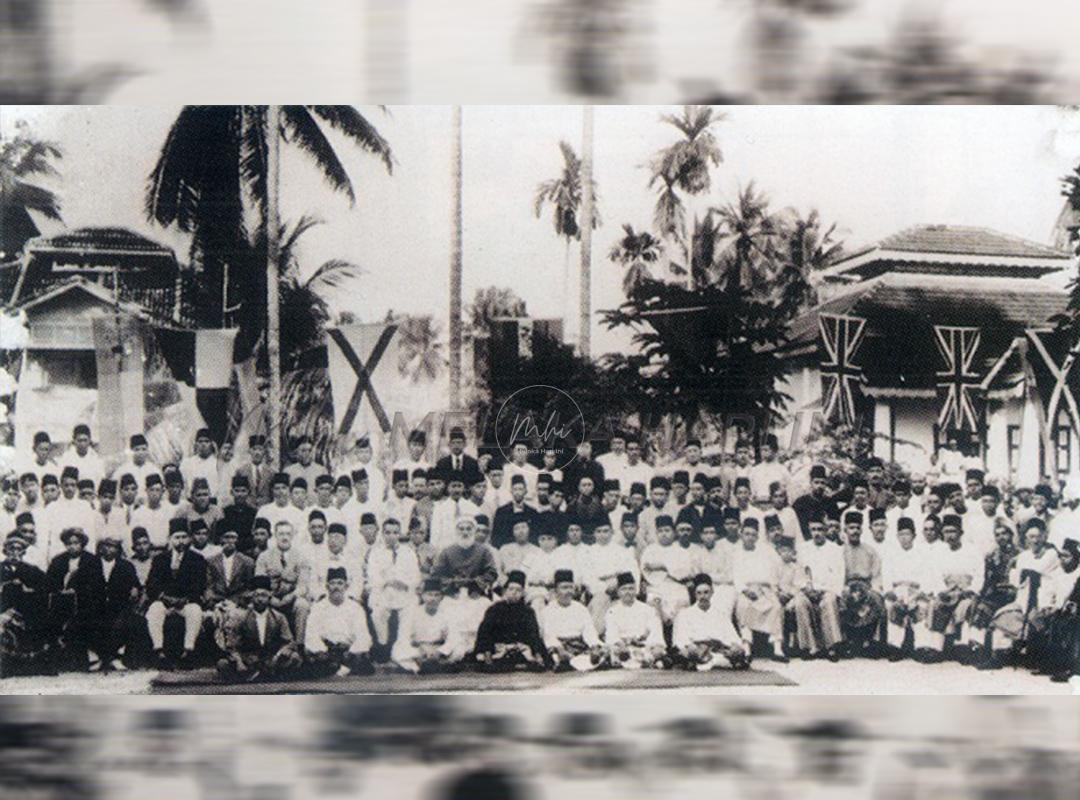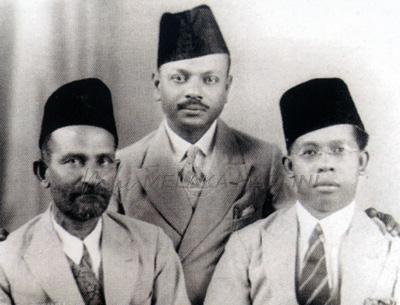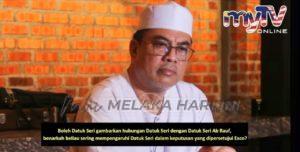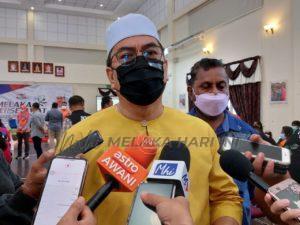
PEMENANG: The Early Years of the Penang Malay Association
THE founding of the Penang Malay Association (PMA) on the Sunday of 27 March, 1927 was to give support to the Singapura Malays and Eunos Abdullah. The move by the Pulau Pinang Jawi Peranakan was to establish themselves as representatives and leaders of the state’s Malay community. This implied that the Tanjong Jawi Peranakan recognized the threat to their position which was made explicit in the definition of ‘Malay’ adopted by the Singapore Malay Union (KMS)
That day a group of mainly Jawi Peranakan intellectuals and intelligentsia, who had defined themselves as Malays, congregated at the house of Mohmad Ariff Tajuddin located at Hutton Lane (now Jalan Hatin), opposite the mosque. In the early 1970s, the PMA was amended to Persatuan Melayu Pulau Pinang, its acronym PEMENANG.
Helen Fujimoto in writing on the the Jawi Peranakan in Pulau Pinang cites the definition as the outstanding difference between the Pulau Pinang and the Singapura associations. Whereas the KMS, founded in opposition to Arab dominance, refused to admit to membership any other than ‘pure Malays’ (Melayu jati), the Pulau Pinang association was composed largely of Jawi Peranakan. They adopted a more liberal definition of the ‘Malay’ as “a person professing the Muslim religion, and habitually speaking the Malay language, of whose parents one at least is a person of Malayan race.”
It should be noted that the Arab community in Singapura retained their identity. As such, Fujimoto argues that their social influence in the Muslim community remained strong. Their identity there was separate and distinct. And possessed great wealth.

The background in Pulau Pinang was different. In her 1989 monograph titled The South Indian Muslim Community and the Evolution of the Jawi Peranakan in Penang up to 1948, Fujimoto tells us that there was little sign of Malay antagonism toward the Jawi Peranakan in Tanjong. The community appeared to appreciate the social and political necessity of identifying with the Malay community if they were to sustain their position as leaders of that community. Fujimoto notes that in 1901, those identifying themselves as Arabs in Singapura numbered 919, as against 405 in Pulau Pinang, while Singapura Jawi Peranakan numbered 665 as against Pulau Pinang’s 5,057.
The expressed objective of the PMA was to act as the mouthpiece of the Malays to the government. They identified three patrons to garner support from the British and Malay establishments and to gain official recognition of the association’s status. They were Hugh Clifford, the governor of the Straits Settlements, Sultan Iskandar of Perak, and the regent of Kedah, Tunku Ibrahim. The more specific aim was centred on the improvement of the Malay community’s socio-economic status.
The founding membership of the association were English-educated Jawi Peranakans. Significantly, the language of communication, from its inception was Bahasa Melayu. This can be linked to the formation of the Persatuan Jawi Peranakan in Singapura, and subsequently with the newspaper Jawi Peranakan in 1876. The consciousness in terms of language represented a public act of identification to a relatively ‘new identity’ in assimilating themselves as Malays.
Although both Malay and English-educated, Bahasa Melayu was habitually used by many, if not most as reflected in the world of journalism. The move by the founders of the PMA involved political implications, of allegiance to, and identity with the Malay community.
According to Fujimoto, one of the main organizers of the association was Dr. Kamil Ariff, who studied at the King Edward College of Medicine in Singapura. The founding members included Dr. Ali Merican (Ally Osman Merican/AO Merican), considered as Pulau Pinang’s first ‘Malay’ doctor. He retained the presidency for several years even after moving to Kelantan to resume his practice. Dr. Ali Merican was the great-grandson of Kader Mydin Merican, the first Kapitan Keling.
One strength of the association perhaps was the foresight on their role as Malay opposition to Muslims of foreign descent. The association was a strong advocate of the ‘Malay’ cause having publicly raised the issue on the nomination of Malay representatives in the colonial administration. These triggered the colonial secretary to request for the definition of a ‘Malay.’ In an interview with Captain Mohamed Nor bin Mohamed, who was then secretary of the Association, Fujimoto was told of the association’s assertion for a more liberal definition of ‘Malay.’ This was accepted by the government. Hence the first Justice of the Peace appointed in 1930-01 was Dr. Kamil Ariff. Earlier in 1929-30, S.A. Alsagoff was appointed as Municipal Commissioner (as ‘Malay’ representative); thus confirming acceptance of the broader definition of ‘Malay.’
Another issue related by Captain Mohamed Nor concerned the establishment of an area of Georgetown which was to be owned and settled exclusively by Malays. Two years after the formation of the PMA, a memorandum was sent to the government asking for an area to be reserved. The association had requested a grant of $40,000 which was used to purchase land. In her monograph, Fujimoto erroneously mentions it as ‘Kampung Bahru.’ That land is in Kampung Melayu, Air Itam.
The advocacy by PMA saw the Pulau Pinang community accepting the leadership of the Jawi Peranakan and that of the Arab Peranakan in public life at a time when Malay resentment against the latter’s leadership was growing, particularly in Singapura, and Johor. The PMA focussed more on social rather than overly political issues. They pre-empted possible attempts by the British authorities to cast doubts and suspicion.
But in the decade ahead, the leadership of the Jawi Peranakan and Arab Peranakan communities were to come under attack from the wider Malay community of the Malay states.
The first office bearers of the Association, according to Fujimoto’s account were President, Dr. Ali Merican; first vice president, Mohamed Rouse; second vice-president, S. Mohamed Hashim; third vice president, M.Z. Merican; Treasurer, Mohamed Nina Merican; Auditor, Captain Baba Ahmad; and committee members, among others, C.M. Hashim, M.S. Ariffin, Syed Hashim, Sir Hussein Abdoolcader, Syed Mohamed Aidid, and Syed Salleh Alsagoff. PEMENANG’S current president is 91-year old Tan Sri Haji Mohd Yussof Latiff, who had held office since 1984.
Langgani saluran Telegram kami untuk dapatkan berita-berita yang terkini.

